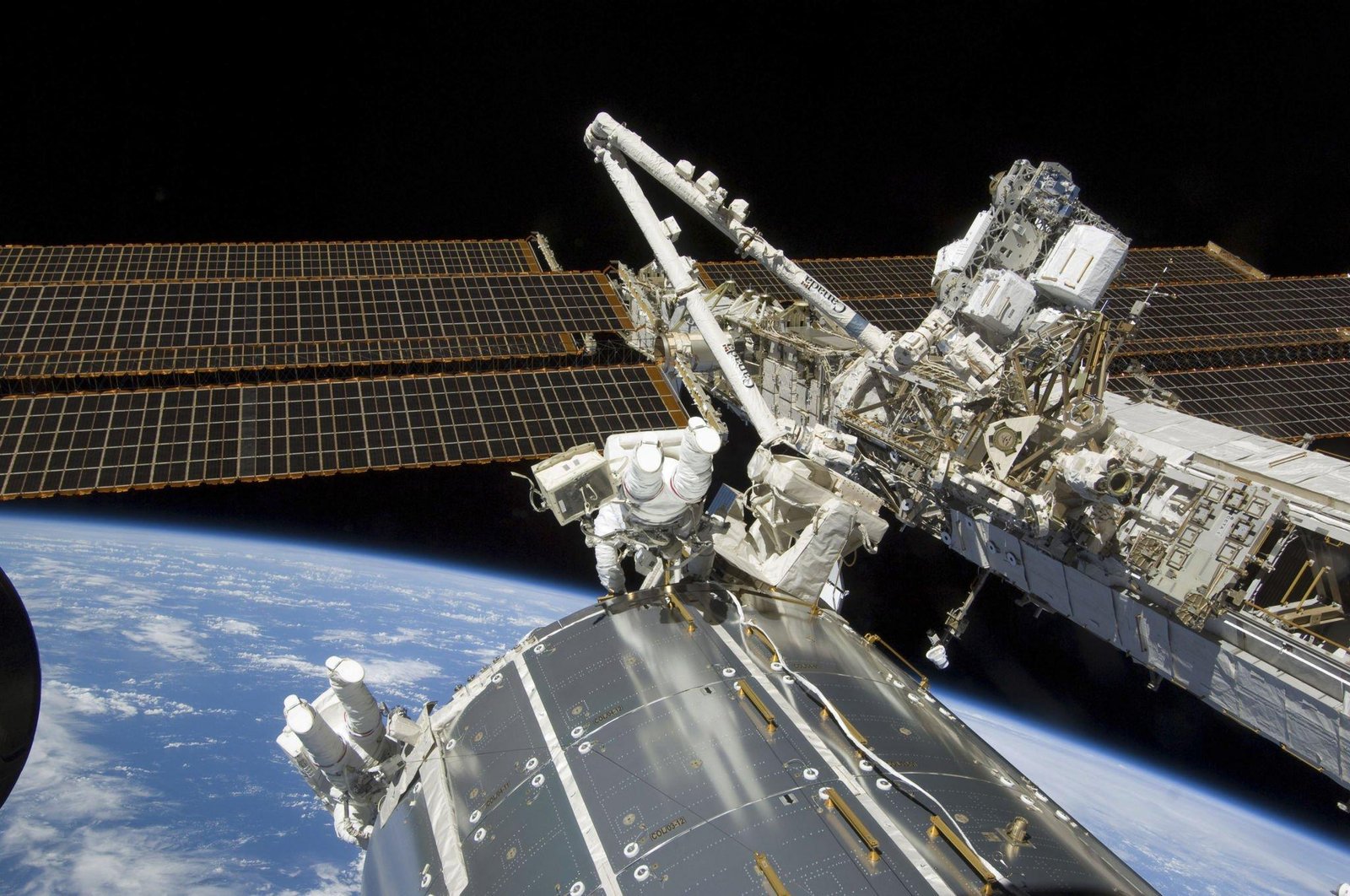Polish 3D printer manufacturer Zortrax has trailblazer the development of 4D printing technologies. For over a year, Zortrax has been a contractor of the European Space Agency (ESA) in a project to develop new 4D printing technologies for the space industry. Now, the project has been completed by the Zortrax research and development team.[1]
In 4D printing, compared to 3D printing, the fourth dimension is time. 4D-printed objects can change their geometry and other properties in response to various stimuli such as temperature, moisture, electric current, etc.
“4D printing generated a lot of interest in the space industry because, in theory, the technology could enable engineers and mission designers to reduce the weight of deployable structures like antennas, booms, or various sensors. The weight of such structures made in a traditional way is always a sum of the structure itself and the mechanism that is supposed to deploy it. But if it was possible to get rid of the deployment mechanisms altogether, they could be made even lighter and smaller,” said Michał Siemaszko, Head of Research and Development at Zortrax S.A.
4D Printing Explained
4D printing is a technology that has the potential to revolutionize how mechanisms work in space. Because the movement is an inherent feature of the materials used, there is no need for separate actuation systems that add weight and therefore increase the cost of the mechanism.
By leveraging the power of Zortrax’s M300 Dual 3D printer and Z-SUITE, their proprietary 3D printing software, Zortrax’s R&D team created intricate 3D structures. These cutting-edge designs were constructed using shape memory polymers and electrically conductive materials, acting as responsive actuators and heaters.
The collaboration of these materials yielded technology demonstrators capable of exhibiting three types of movements: bending, torsion, and deployment. Impressively, each movement can be activated by pressing a button.[2]
With the successful conclusion of this ambitious project, Zortrax now stands on the threshold of advanced projects with substantial funding potential. They are primed to propel the development of this technology and bring electrically activated 4D printing into the realm of space missions.
The process can build dependable, lightweight mechanisms using its dual extrusion 3D printing technology with advanced materials. In addition, these mechanisms function independently of separate actuators, engines, or control circuits. This marks a significant step forward for other high-tech sectors, including aviation, energy production, and defense.
References
- Listek, Vanesa. ‘ESA and Zortrax Perform 4D Printing for Space’, 3DPrint.com, https://3dprint.com/300683/esa-and-zortrax-perform-4d-printing-for-space/[↩]
- European Space Agency ‘ESA – Portrait transmitted via 3D printing’, European Space Agency, https://www.esa.int/ESA_Multimedia/Images/2020/11/Portrait_transmitted_via_3D_printing[↩]





